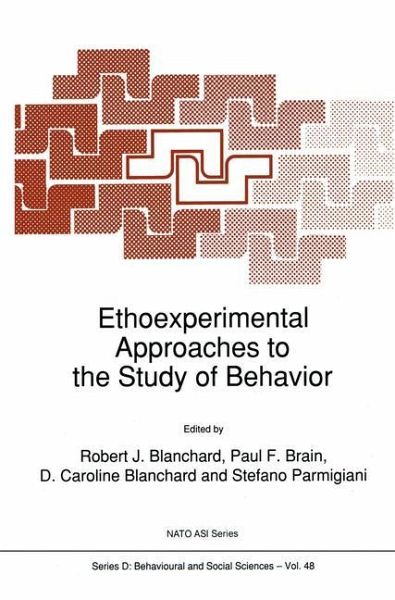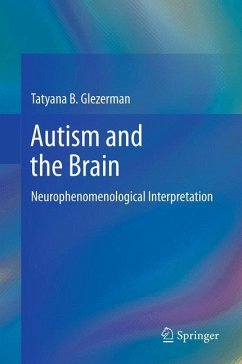
Ethoexperimental Approaches to the Study of Behavior
Versandkostenfrei!
Versandfertig in 1-2 Wochen
382,99 €
inkl. MwSt.

PAYBACK Punkte
191 °P sammeln!
This volume is the outcome of a NATO Advanced Study Institute on the Ethoexperimental Analysis of Behavior, which was held at II Ciocco in Tuscany, in July, 1988. This particular ASI had an interesting history. In 1980, a NATO ASI on the topic of the Biology of Aggression was held in Bonas, France. This meeting brought together a group of European and American researchers and students from diverse areas, including Psychology, Zoology, Genetics and the like, all of whom were involved or becoming involved in the study of aggression. The Bonas meeting outlined several emerging trends in aggressio...
This volume is the outcome of a NATO Advanced Study Institute on the Ethoexperimental Analysis of Behavior, which was held at II Ciocco in Tuscany, in July, 1988. This particular ASI had an interesting history. In 1980, a NATO ASI on the topic of the Biology of Aggression was held in Bonas, France. This meeting brought together a group of European and American researchers and students from diverse areas, including Psychology, Zoology, Genetics and the like, all of whom were involved or becoming involved in the study of aggression. The Bonas meeting outlined several emerging trends in aggression research, the most prominent of which was an increased emphasis on the behavioral aspects of aggression. This included studying a variety of aggressive behaviors rather than single measures; an interest in what might have been previously considered minutiae, such as the targets for bites or blows and the specifics of movement relationships in dyadic interactions; and a desire to relate thedependent variables of laboratory tests to the typical aggressive behaviors seen for related animals in their natural habitats. This increased attention to natural patterns of aggressive behavior was also very interesting in light of the many findings presented at the Bonas meeting which indicated particular involvement of a number of biological systems in aggression: These findings suggested that aggression constitutes an evolved neurobehavioral system (quite possibly more than one, in fact) representing the activities of a relatively specific biological substrate expressed through a patterned system of behaviors.














